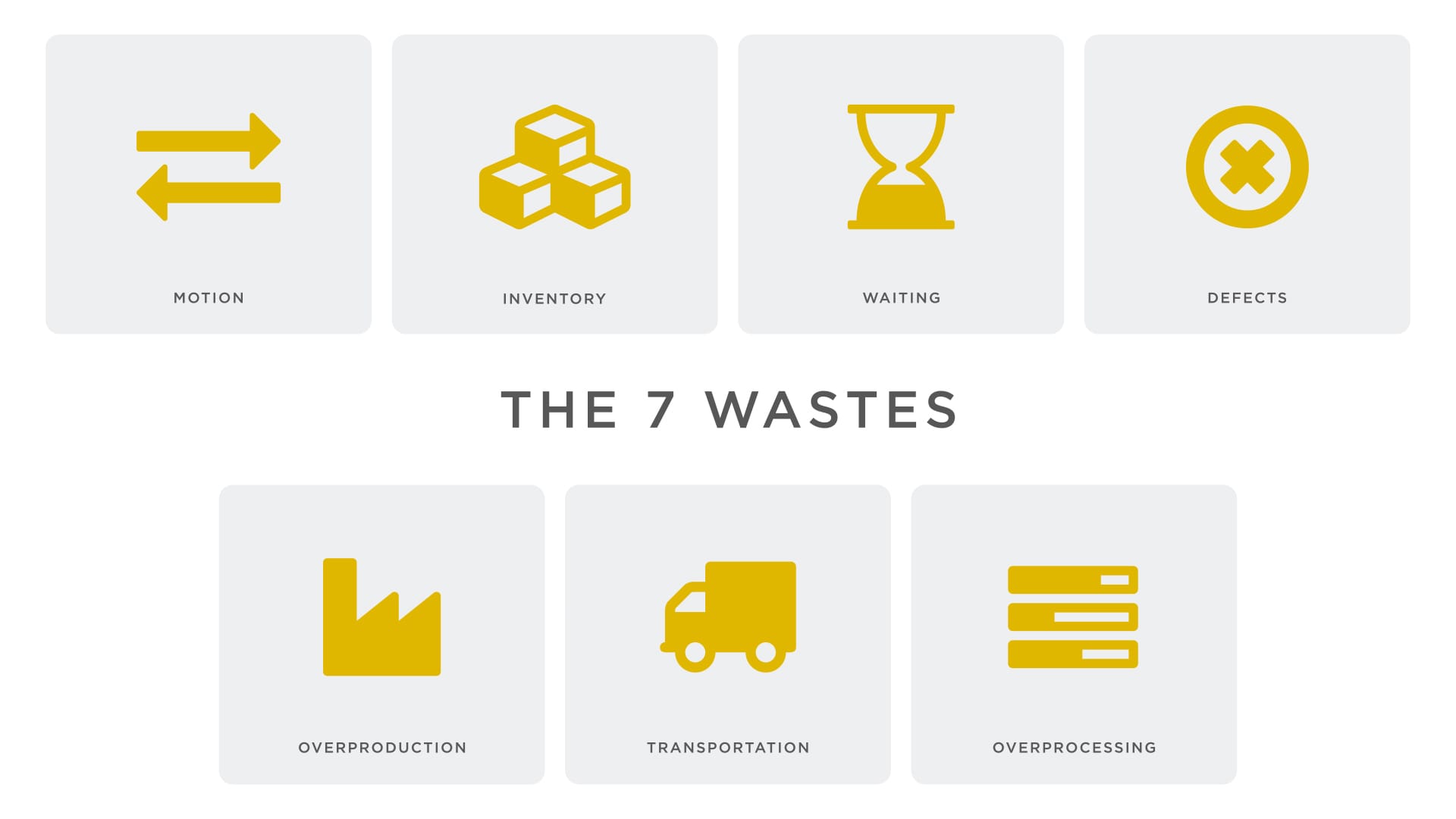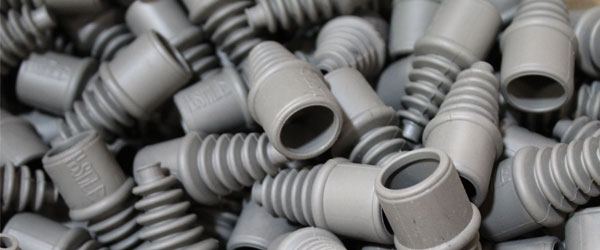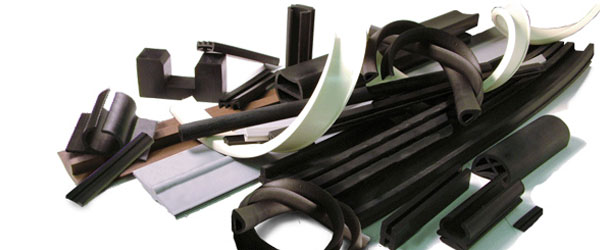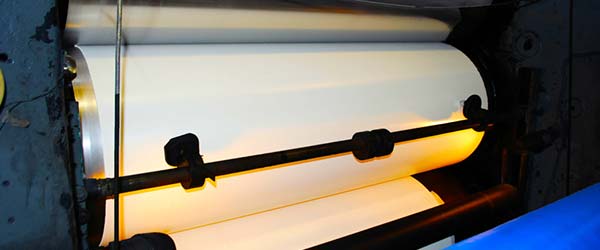Studying muda, or waste, is an important step towards implementing lean manufacturing and improving efficiency in any production process. Here are some steps you can take to study muda:
Identify the types of waste: There are generally considered to be seven types of waste in a production process, which are: overproduction, waiting, defects, overprocessing, excess inventory, unnecessary motion, and unused talent. Start by identifying which of these types of waste are present in your production process.
Map the process: Create a detailed map of the production process, from raw materials to finished product. This will help you to visualize where waste is occurring, and to identify areas that need improvement.
Observe the process: Observe the production process in action, and look for instances of waste. Take notes on where waste is occurring, and how it is affecting the production process.
Analyze the data: Once you have identified instances of waste, analyze the data to determine the root causes of the waste. This will help you to identify the most effective ways to eliminate the waste.
Implement improvements: Based on your analysis, implement changes to the production process to eliminate the waste. This might involve reorganizing the workspace, improving communication between workers, or changing the way that materials are stored or transported.
Monitor progress: Keep track of how the changes are affecting the production process, and continue to monitor for instances of waste. Use this information to make further improvements as needed.
Studying muda is an ongoing process, and requires continuous attention and improvement. By identifying and eliminating waste, you can improve the efficiency and profitability of your production process, while also improving the quality of the final product.
- Make waste visible.
- Be conscious of the waste.
- Be accountable for the waste.
- Measure the waste.
- Eliminate or reduce the waste
 (909) 987-1774
(909) 987-1774 Email Us
Email Us








